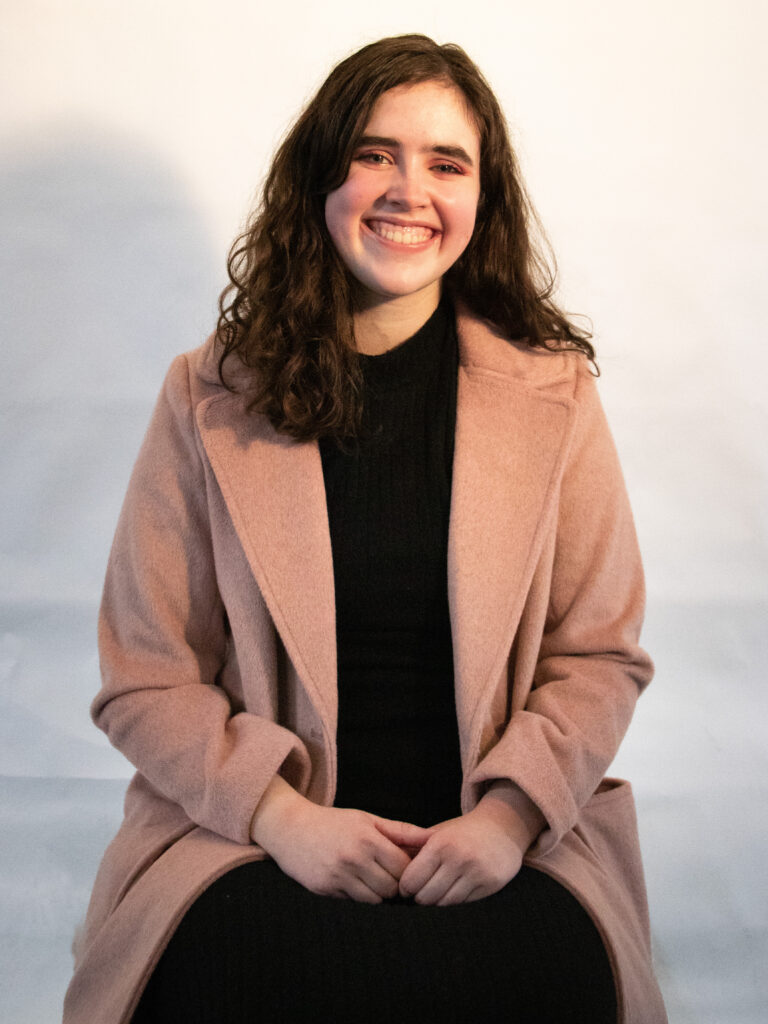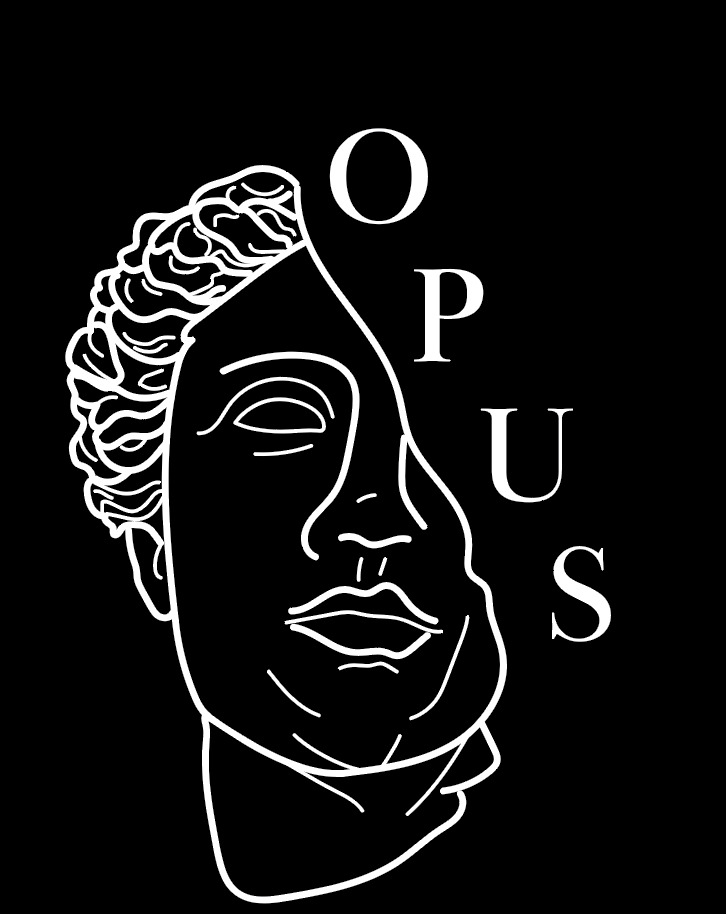How to ‘hack’ the Opus submissions process
BY ADRIANA BARKER
Hello everyone! I’m writing this today to tell you all how to make my job a lot harder. I want all of you to get work into Opus, but the sad truth of it is, not everyone’s work makes it into the magazine. But I want you to have the best shot possible of getting published, and this post will tell you how to do that. So here goes!
The key to submitting quality work to Opus is preparation. If you are planning on submitting work, you need to start thinking about that mix of work well ahead of time. For example, I began thinking about what pieces I was going to submit to the Fall 2020 Opus in the spring of 2020. Thinking that far ahead might seem crazy, but I needed time to figure out what creative work I wanted to do over the summer. This also allowed me to think about diversifying the things I would submit, which I will talk about in more length later on.
When I am doing creative work, I often research. Research is particularly helpful for Opus art submissions because at Opus Soup you are expected to discuss your work. Pointing to your research is an easy way to talk about your inspiration (I learned this the hard way, by the way. Not fun showing up to Opus Soup and having to come up with something to say, especially for an introvert!).
Research for me often takes place on social media and YouTube. If I’m learning something new, like I did this summer, I will glean as much as I can from YouTube videos on the subject. One of my favorite tools is a show called Big Lens Fast Shutter. Matt Cohen, a famous rodeo and sports photographer, critiques photo submissions in these videos. It really helped me get a sense of what quality rodeo photos look like.
Here are some other examples of inspiration I’ve taken from social media:
Ryan Pfluger is one of my favorite photographers right now. I started following him on Instagram a while ago when he was mostly posting simple celebrity portraits, like the ones above. I became obsessed with this portrait style. His work is gorgeous and emotional.
These works helped inspire my piece “Rivals,” which you can find in the Fall 2019 edition of Opus. Here it is:

Steve Wrubel’s work takes a more artistic than sports approach to rodeo photography, but I love it. The square format of his pieces, like “Clayton,” pictured below, lend themselves well to Instagram.

Matt Cohen, mentioned above for his role in Big Lens Fast Shutter, is undoubtedly the best rodeo photographer there is. Check out his website if you want your mind absolutely blown by photos like this one:

There are many other amazing rodeo photographers if that’s what you’re into, so hit me up if you want more. I simply use this as an example of the type of research I do when considering the artistic work I want to submit.
I will also say it is very important to diversify, especially if you are submitting artwork. I only submitted two rodeo photos to this year’s Opus. I branched out by exploring digital art, diptychs, and black and white. I have found it helpful to submit work to Opus keeping these things in mind:
Use all five slots! You can submit five works of art and five pieces of written work. Make our lives harder as editors and give us tons of stuff! This gives you a better shot of getting something published, especially if you diversify and submit creatively different things.
If you need access to some fun prompts for written work, check out Katy Smith’s article for The Anchor called “Checkup From an Artist to an Artist.” There she provides some fun prompts you can use as inspiration for pieces you might eventually submit to Opus (or The Anchor!).
Attend the Opus workshop! Due to COVID-19 we were sadly unable to hold an Opus workshop this semester, but in the future, plan to attend! At the workshop we read your work and talk with you about its strengths and weaknesses just as we would at a regular Opus meeting. It’s a great event to come feel out the editors’ likes and dislikes. You’ll hear the things we get nitpicky about and the things we absolutely love! This way you can present fully polished pieces during the submission process.
Quick person story about the Opus workshop: last semester I attended the workshop, and the editors and I worked on one of the pieces I had just written for my ENGL 253 class. I then submitted this piece, and we were able to talk about it again at an Opus meeting (which you can attend even if you’re not on staff!). It was rejected from Spring 2020’s Opus, but I worked on it some more over the summer and submitted it again this semester… and it got in! It was so helpful for the development of the piece to get feedback from the editors, so I would highly encourage you to come!
This last comment is specially for those of you submitting physical art. Submit a quality photo of your work! It is heartbreaking when we get a grainy or super small image, and the detail you worked so hard on is lost. Badly cropped borders where we can see a random, out-of-place background aren’t great either. Ask someone for help if you need it! Photographing art can be hard, and as we have all learned this year, technology can be a struggle. It makes such a difference to have good quality photos of your work.
Now you know the tricks of the trade, the “hacks” for the Opus submissions process. Now go forth, be creative, and submit! I am so excited to see your work in Opus Spring 2021!

About the Author
Hi! I’m Adriana. I am a junior creative writing and communication double major. My hometown is Fort Worth, Texas, so yes, I throw around the words “y’all” and “howdy” like nobody else in the Midwest. I love photography and poetry, and have published both in Opus. Particular interests include abstract painting, horror poetry, and all forms of creative work related to horses.





Leave a Reply